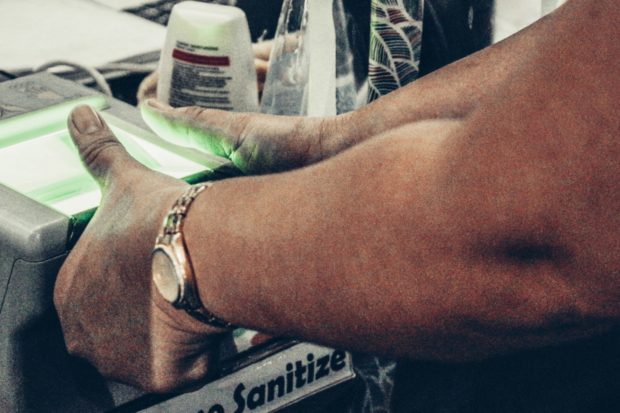PSA apologizes for snag on 1st day of online nat’l ID registration

GRIPPING REALITY: The Philippine Statistic Authority finds its hands full on the first-day debut of the online registration for the national ID system. Image from Philsys
MANILA, Philippines—The Philippine Statistics Authority’s (PSA) dedicated portal got hammered on Friday by an unprecedented surge of applicants after the agency launched the online registration for the national ID system.
PSA gave an immediate apology and explanation about the problem that had arisen.
“We apologize for any inconvenience caused by the downtime of the pilot launch of the PhilSys [Philippine Identification System] online step one registration website earlier today,” said the PSA on Friday (April 30), referring to the portal register.philsys.gov.ph.
“We received more than 40,000 registration requests during the first minutes of the pilot launch. This caused delays in the sending of the one-time passwords (OTPs) necessary to proceed with the registration,” the PSA said.
As of Friday afternoon, this reporter has yet to receive an OTP after sending his mobile number to the portal to start registration.
Article continues after this advertisement“We are urgently looking into the issue and updating the website to resolve this technical challenge,” the PSA said, adding that it will announce on its official Facebook page when the website will function again.
Article continues after this advertisementREAD: Technical issues hamper 1st day of online national ID registration
The first of three steps to obtain a national ID involved collecting demographic data, like full name, gender, date and place of birth, blood type, permanent and present address, and citizenship.
This first registration step was conducted house-to-house starting October 2020 in 32 pilot provinces with low COVID-19 cases and poorer households.
The government gave priority to low-income families for PhilSys for efficient distribution of aid using national IDs as proof of identity which was seen as a stable and systematic process that was lacking when dole-outs were given at the height of COVID-19 lockdown in 2020.
Since early in 2021, the PSA expanded step one to Metro Manila and other provinces and also offered online registration while proceeding with step two—collecting biometrics information from photographs, fingerprints and iris scans among applicants who were through the first step.
Step three will be the issuance of a PhilSys number and the physical ID, scheduled within 2021.
The registration process was spread across these three steps to ensure social distancing and implementation of minimum health protocols to prevent transmission of the highly contagious SARS Cov2, the virus that causes COVID-19.
Last Monday (April 26), Socioeconomic Planning Secretary and PSA Board chair Karl Kendrick Chua said that over 30.7 million step-one registrations were completed as of April 17, while 4.4 million already finished step two.
In 2018, President Rodrigo Duterte signed into law Republic Act No. 11055, or the Act Establishing the Philippine Identification System. Last January, Duterte registered for and got his national ID last March.
The PSA aims to register 70 million individuals in PhilSys by the end of 2021. With a report from Ben O. de Vera